What are Gyoza? A Japanese dumpling guide
11. August 2023

What are the main different types of Gyoza served in Japan?
Yaki-Gyoza
The most comon type of Gyoza in Japan is Yaki-Gyoza. This style of Gyoza is very similar to the Chinese ‘potsticker’ dumplings. The prepared dumplings are placed in a pan and fried for a short time, water is then added to the pan and a lid placed on top, to steam the dumplings. When the steaming process is complete the lid of the pan is removed and the Gyoza are left to continue to crisp.
Age-Gyoza
The Age-Gyoza method of preparing Gyoza results in a very similar result to the Yaki-Gyoza, a crispy dumpling. What differs in this method is that to produce Age-Gyoza, the dumplings are simply deep fried rather than steamed.
Mushi-gyoza
Mushi-Gyoza results in a much healthier alternative to Age-Gyoza and Yaki-Gyoza. To create Mushi-Gyoza the dumplings are cooked in a bamboo steamer, without the need for frying.
Sui-Gyoza
This slightly different version of Gyoza involves boiling the dumplings in a soup or water. This results in a much different texture to the other common methods, a chewier and more tender dumpling with no crispiness.
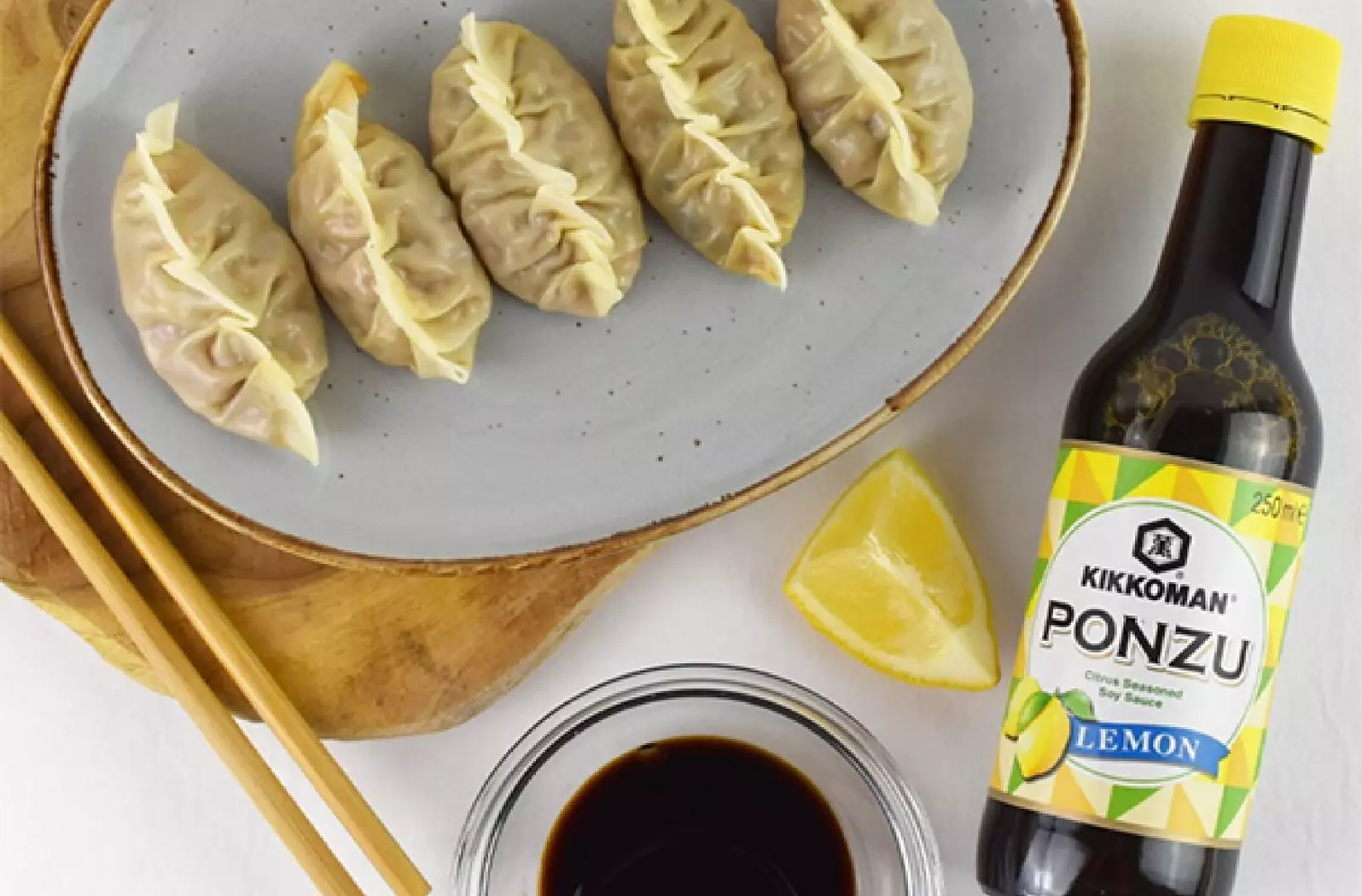
When it comes to what to put into your Gyoza, the choices are endless, you could make a delicious and healthy vegetable gyoza using fresh seasonal vegetables cooked in a delicious soy-based broth. Traditionally in Japan Gyoza are filled with a mix of finely minced pork, mushrooms and cabbage, which creates a delicious mix of flavours and textures. However, the possibilities are endless when it comes to creating your own Gyoza. Other popular fillings in Japan include seafood or prawns, minced lamb and vegan versions utilising tofu.
When eating Gyoza, they shouldn’t be eaten on their own, a good dipping sauce is essential. This can be as simple or as complicated as you’d like. Many eat their Gyoza with just soy sauce for dipping, if you wanted to be a little more adventurous you could pick a Ponzu sauce for an additional citrus tang.
To create an amazing soy sauce dip, mix Kikkoman Soy Sauce with vinegar and a dash of chilli oil. Or if you prefer a tangy flavour, mix Kikkoman Ponzu Citrus Seasoned Soy Sauce with some sesame oil for the perfect Gyoza accompaniment.
Try our Gyoza Recipes
Want to try your hand at making Gyozas at home? We have a great gyoza recipe that is sure to go down a treat. Just make sure you create a flavoursome dip to pair them with.

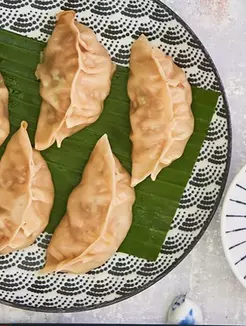
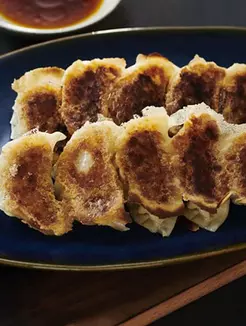
![[Translate to Englisch (UK):] [Translate to Englisch (UK):]](https://www.kikkoman.co.uk/fileadmin/_processed_/7/a/csm_Kikkoman_Naturally_Brewed_Soy_Sauce_150ml_Dispenser_EN_vegan_0e730d1c1a.webp)
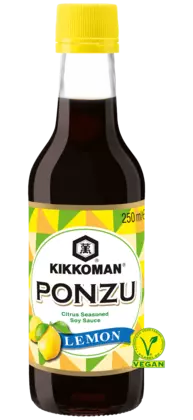
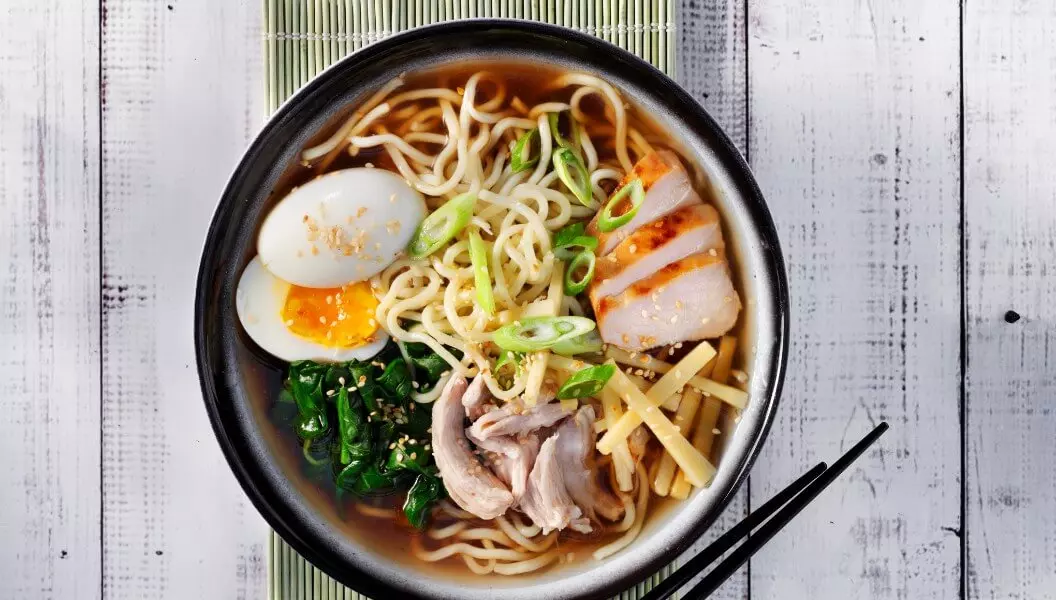
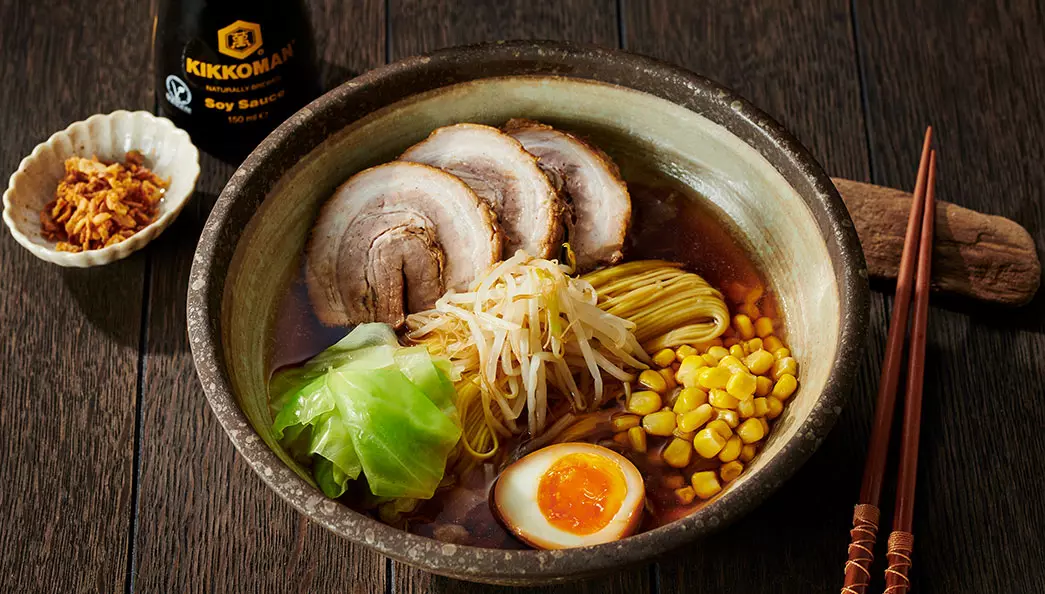
![[Translate to Englisch (UK):] [Translate to Englisch (UK):]](https://www.kikkoman.co.uk/fileadmin/_processed_/7/2/csm_1124-recipe-page-Sweetcorn-Feta-Berry-Salad_mobile_bd25ddde9c.webp)
![[Translate to Englisch (UK):] [Translate to Englisch (UK):]](https://www.kikkoman.co.uk/fileadmin/_processed_/6/8/csm_1039-recipe-page-Easy-Carrot-soup_mobile_af01ceee35.webp)
![[Translate to Englisch (UK):] [Translate to Englisch (UK):]](https://www.kikkoman.co.uk/fileadmin/_processed_/c/0/csm_928-recipe-page-prawn-and-vegetable-stir-fry-noodles_mobile_f528b37a02.webp)
![[Translate to Englisch (UK):] [Translate to Englisch (UK):]](https://www.kikkoman.co.uk/fileadmin/_processed_/2/4/csm_1097-recipe-page-Millet-porridge-with-caramelized-banana_mobile_7cef6da648.webp)
![[Translate to Englisch (UK):] [Translate to Englisch (UK):]](https://www.kikkoman.co.uk/fileadmin/_processed_/c/9/csm_69-recipe-page-Green-herb-risotto-with-roasted-mushrooms_mobile_8906feef74.webp)
![[Translate to Englisch (UK):] [Translate to Englisch (UK):]](https://www.kikkoman.co.uk/fileadmin/_processed_/9/9/csm_1101-recipe-page-Authentic-Japanese-soy-sauce-ramen_mobile_d81c666e29.webp)
![[Translate to Englisch (UK):] [Translate to Englisch (UK):]](https://www.kikkoman.co.uk/fileadmin/_processed_/f/d/csm_918-recipe-page-pumpkin-hummus_mobile_3231654262.webp)